The 21-day training with IM Sagar Shah raises Rs.1,17,054 for the fight against Corona virus
The 21-day training camp - "Improve your chess with IM Sagar Shah" began on the 25th of March and came to an end on 14th of April 2020. Each day over 300 participants would join in to the YouTube live session at 9 a.m. in the morning IST and Sagar would train them in the method of thinking using Jeremy Silman's concept of Imbalances in chess. The initiative was also raising funds for the PM CARES fund. IM Sagar Shah and Niklesh Jain's sessions in Hindi (in the evening) managed to raise Rs.1,17,054. In this article you get a glimpse of what was taught by Sagar on each of the days of the camp along with the video embeds of all of the days of the training.
I started the 21 day lockdown training on YouTube on 25th of March 2020, and on 14th of April we finished 21 days! Each day I would be online at 9 a.m. (sometimes a couple of minutes late!) and I would interact with over 300 chess enthusiasts and teach them about how to get better at chess! I must say that after some time we all became like family. I know of people who would otherwise not wake up on time, actually started to not just wake up, but also have their breakfast and get ready, just so that they can attend the class. I also know of people who live in the US and would be awake late in the night, just so that they could watch the show LIVE. And I also know some Europeans who would wake up around 5.30 a.m. so as to not miss it! The feedback received from the students will be published in a subsequent article on ChessBase India. For now, I would like to give you a gist of what was taught at the sessions.
My main aim was to give the students a technique to think in any given position. A framework by which they can navigate a complex situation and come up with a plan. For this I used the technique of imbalances espoused by Jeremy Silman. According to IM Silman, the famous author of Reassess your chess, there are always imbalances (differences) in a given position between the white and black side. If you are able to perceive those differences and try to make the best use of the imbalance for yourself, you will see that the overall level of your play improves. For me personally the imbalance technique helped me improve as a chess player tremendously and hence I wanted to show it to the viewers in my 21-day program.
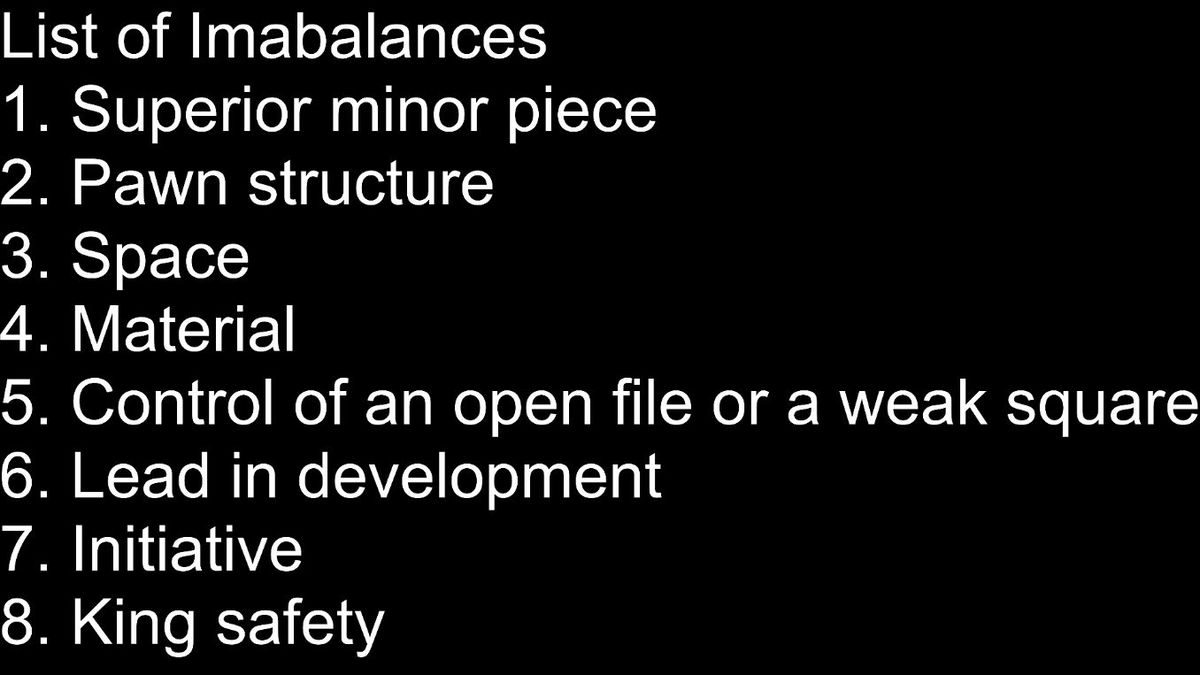
We had covered until day 7 in the previous article and the topic on day seven was isolated pawns. We next moved to backward pawns.
Day 8 - Backward Pawns:
Backward pawns are interesting creatures. They look weak and sickly, and the square in front of them is usually quite weak, but they have their upsides as well.
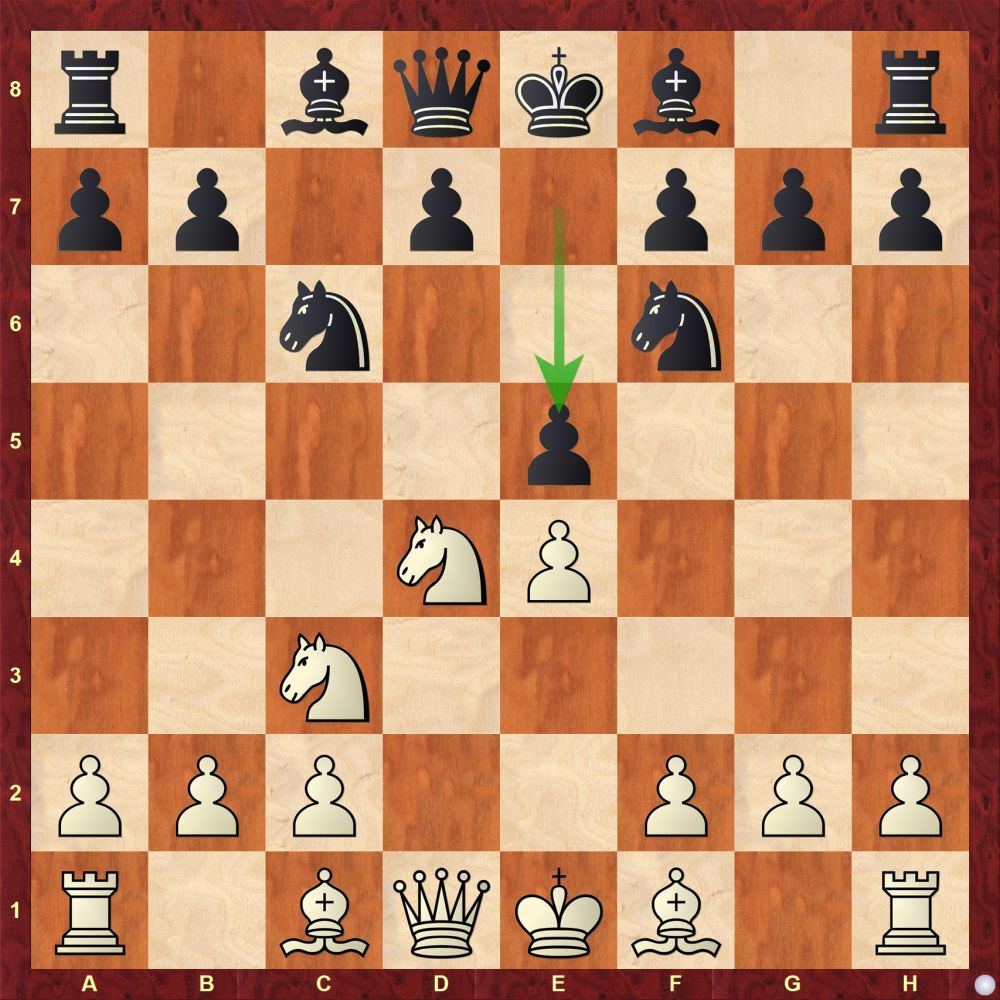
I tried to explain how to play agains the backward pawns with the help of a line that I have essayed on several occasions in my tournament games. The most common move order for me to reach the position (from black) has been: 1.d4 g6 2.c4 Bg7 3.Nf3 c5 4.e3 Nf6 5.Nc3 0-0 6.Be2 cxd4 7.exd4 d5 8.0-0 Nc6 9.h3 dxc4 10.Bxc4
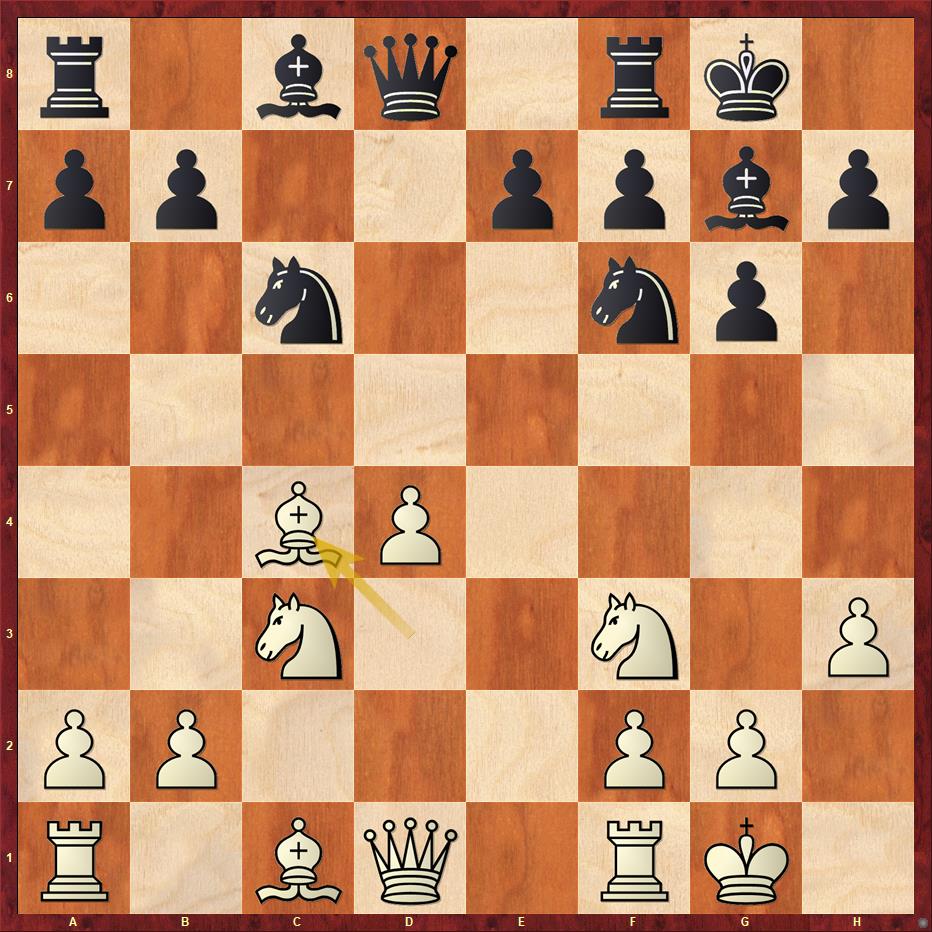
This is nothing but a reversed Tarrasch. Now I suggested a plan which began with ...Na5, Be6, Rc8 and Nd5. Most of the times Black gets these moves in and after the knight moves to d5, White can either take on d5, leaving himself with a firmly blockaded isolated pawn on d4 or he can allow Nxc3 when after bxc3, the c3 pawn is backward and the c4 square is a juicy outpost.
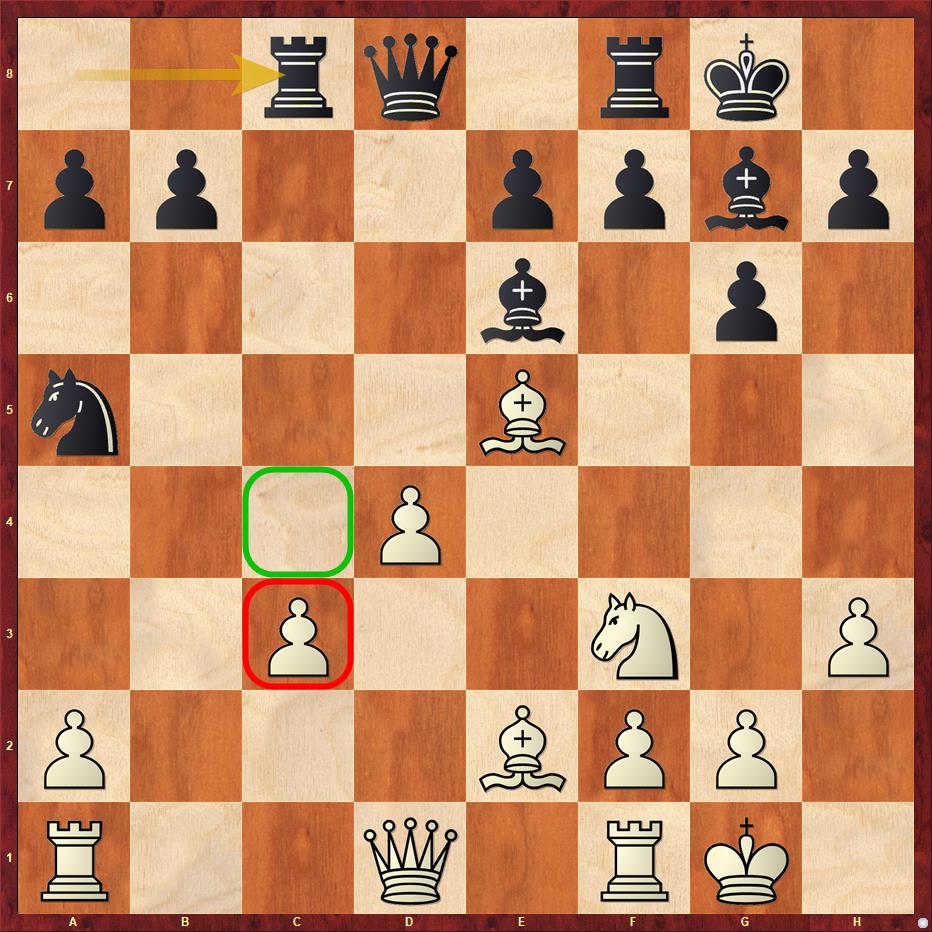
From these games one learns how to handle backward pawns as well as the square in front of them.
1. Backward pawns are usually weak and need constant attention
2. The square in front of them is a juicy outpost for the opponent's pieces.
But it is not always the case, as I picked up a few games from the Najdorf of Bobby Fischer and asked the students to check them out in their homework. These were the games where Fischer had successfully achieved the d6-d5 breaks in the position and we witness an explosion of energy coming out from his backward pawn moving a step forward! Here's a nice game of Fischer against Ruth analyzed as homework by 9-year-old Siddharth Sreekumar:
Day 9 - Isolated pawns
Pawns are isolated when they do not have any pawns on their adjoining files. The most common variety of an isolated pawn is the Queen pawn, usually on d4.

White has an isolated pawn. An isolated pawn is a pawn which has no fellow pawns on its either side. i.e it is all alone. Hence the square in front of such a pawn is a huge weakness. But in return White gets a few advantages.
1. More space in the center.
2. Superior and free development.
3. Open e and c files.
4. Outposts on e5 and c5
Thus you can see that White has a long term static weakness where as he has got in return some advantages which are dynamic and short term in nature. Hence white must try and avoid exchange of pieces and going into an endgame. He must actually try to launch an attack in the middlegame.
Keene vs Miles
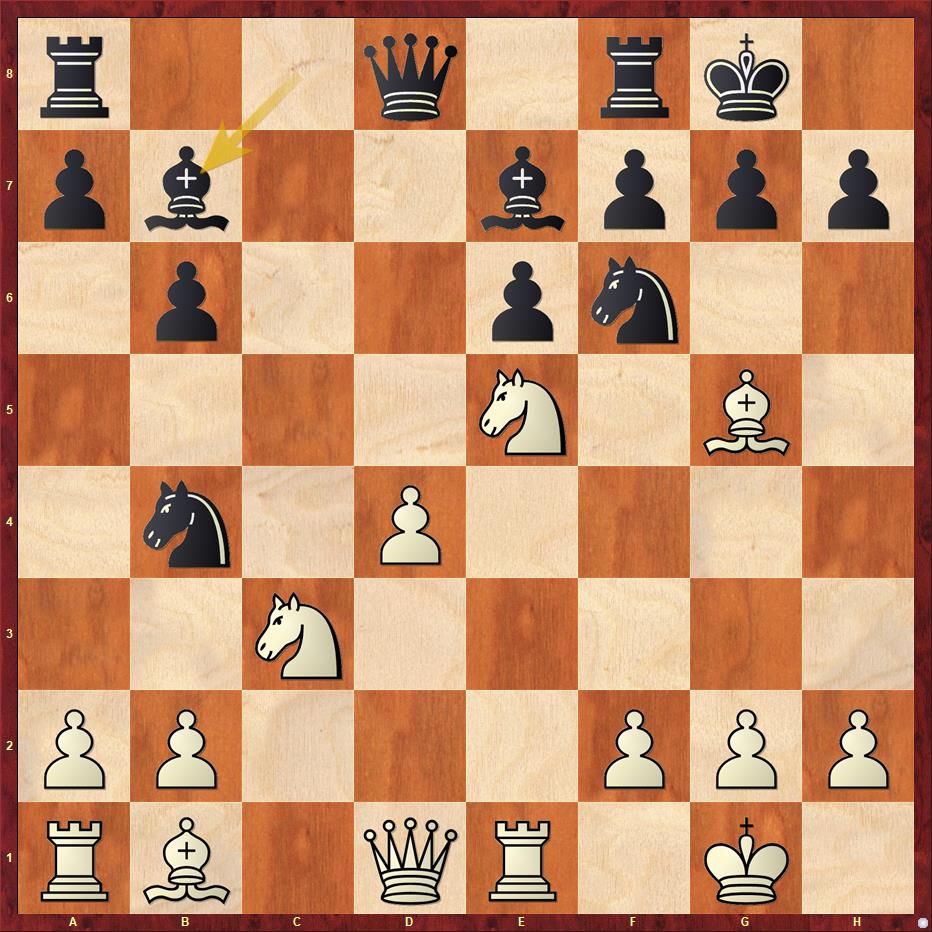
If you get an opportunity to throw more wood into the fire, why not? The right move is Re3! when the rook swings over to the kingside and joins in the devastating attack. Keene was fantastic in this game and beat Miles without any difficulties.
An IQP gives you more space and freedom of movement, but it can also turn into a weakness if there are only major pieces on the board. An example of this happening at the highest level is the game Korchnoi vs Karpov.
Karpov is well known for his careful and precise play against the isolated pawns. And so the homework for the day was to have a look at some of his games where he played against the IQP in his impeccable style.

Important points related to an isolated pawn:
1. An isolated pawn is usually quite weak
2. The square in front of the isolated pawn is an outpost
3. Having an isolated pawn means that you often get more space to maneuver your pieces
4. The side with the isolated pawn should avoid exchange of pieces.
5. The side playing against an isolated pawn should try and exchange minor pieces so that the weakness is accentuated.
Day 10 - Passed pawns

At the Hastings International in 1895, one main finished ahead of the best players in the world including Lasker, Tarrasch, Tartakower, Reti, Chigorin and many others. It was none other than Pillsbury. And his last round win against Gunsberg has gone down in the history books as one of the most instructive positions on passed pawns, and energetic play in endgame.
Pillsbury vs Gunsberg
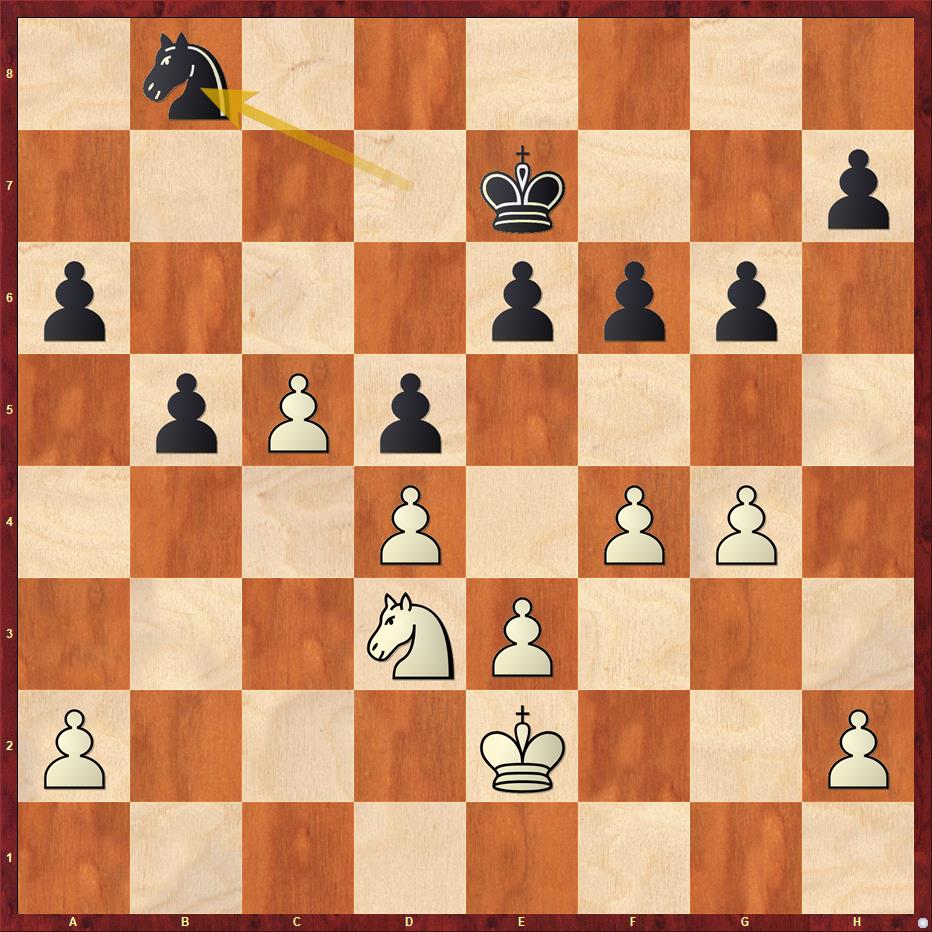
My main aim in the 10th session was not just to teach about the passed pawn, but use the above position to inculcate in the youngsters the ability to calculate variations deeply and accurate. The line that begins with f5 g5 Nb4 a5 c6! is forcing and the players have to be very precise when they go in for it. This lecture went on for almost the entire duration of the class. But at the end of it, we learnt some important rules about passed pawns:
1. Passed pawns lust to expand!
2. Passed pawn is a criminal and must always be placed under lock and key - Nimzowitsch
Day 11: Understanding minor piece and pawn structure imbalance with a line in the Nimzo
Having completed two imbalances - minor pieces and pawn structures, I decided to strengthen the knowledge of the students with the help of a line in the Nimzo-Indian. Here's how we reach it: 1. d4 Nf6 2. c4 e6 3. Nc3 Bb4 4. Nf3 c5 5. e3 Nc6 6. Bd3 Bxc3+ 7. bxc3 d6
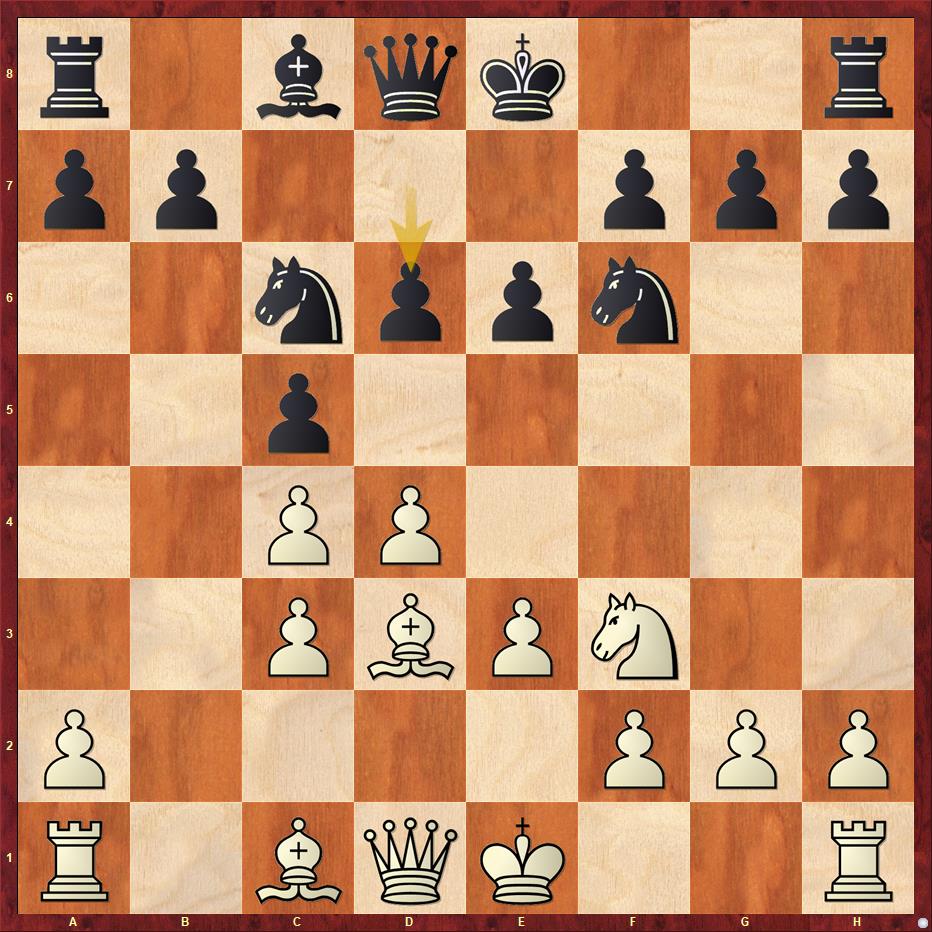
The above position has been seen in praxis on several occasions, the most popular one being Spassky versus Fischer match of 1972 when it was played in game five.
Spassky vs Fischer
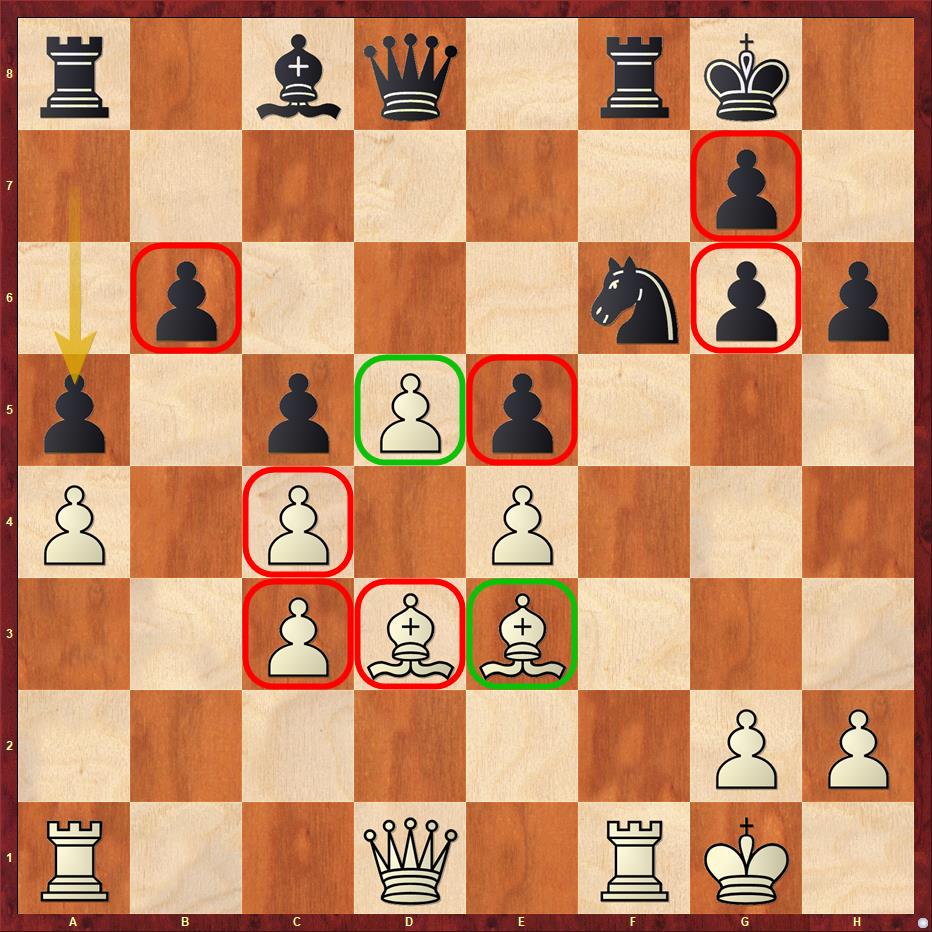
White has a passed pawn on d5, but also doubled pawns on c4 and c3. Not to forget his a4 pawn is fixed and isolated. Black on the other hand, has a backward pawn on b6, an isolated pawn on e5 and doubled pawns on g6 and g7. White also has the bishop pair and Black has a bishop and knight against it. It turns out that even though White's position looks better, it is actually Black's position that is easier to play and Fischer shows precisely how it is to be done in his game.
From my learnings in the game of Spassky vs Fischer I went on to play exactly in the same manner in my game against Deepthamsh Reddy in Nagpure 2007. Here's the game with the annotations from 2007!
I began to wonder whether this line was really so bad for White. And hence, I spent a lot of time trying to understand the nuances from white's end also. This resulted in some nice wins with the white pieces as well. I avoided advancing my e-pawn very early and kept the position flexible for the bishops.

The idea of this 11th session was not just to teach them about the imbalances of minor pieces and pawn structures, but also to give the students an idea of how opening preparation is done. If you like a line from one side, doesn't mean that you cannot play it from the other side. And how a curious and inquisitive attitude is the key to become a better chess player.
Day 12 - Space:
Space is the territorial capture of the board with the use of your pawns. It's an interesting imbalance because the side with more space often has more freedom to maneuver his pieces. Hence, the first two rules related to space are quite obvious:
1. Side with more space should try and avoid exchanges
2. Side with less space should try and exchange as many pieces as possible.
However, there is one more rule which should be kept in mind at all times:
3. Whenever you push your pawns to gain more space, you are creating certain weaknesses. The more space you have, it could very well result into more weaknesses.
Capablanca vs Treybal
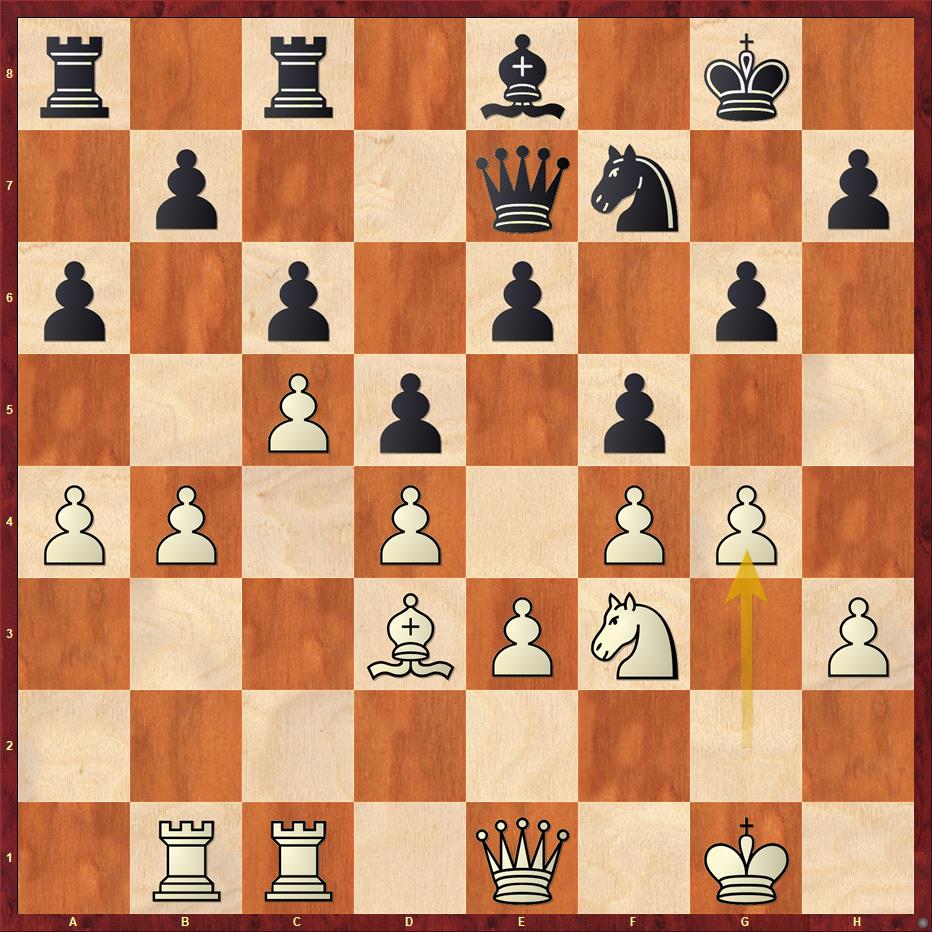

Space is not always good and in the next game Korchnoi shows that as long as he has good squares for his pieces, the space advantage is just over-rated.
Day 13: How to win won games!
After a heavy few days of working on the imbalances, I decided to give it a break and deal with the problem of "How to win winning games!" In order to drive my point through, I shared with the class some of my most painful defeats - games in which I was a complete piece up and lost them. Perhaps, the most painful memory till date remains my loss to my good friend Sohan Phadke at the Abdul Jabbar Memorial, where I won a clean piece and could not convert the game! The annotations are done just a few days after I had lost the game!
I showed them a few more examples and as a homework asked them to share with me a game where they cried after losing it. Not many of the people were able to complete this homework! Critical self-assessment is really not easy. But I did receive a couple of games. Here's one of them:
Here are a few pointers that I mentioned to them about winning their won games:
1. When ahead in material try to exchange pieces
2. Keep your nerves
3. Don't think about other things
4. Try to focus only on making the best moves on the board
5. Try to bring game like scenarios in your training sessions
6. Bring the tension in your practice by placing a clock and also imagining that an opponent is sitting opposite you
7. Improve your recovery time
Day 14: Material
Day 14 began with this very famous position:
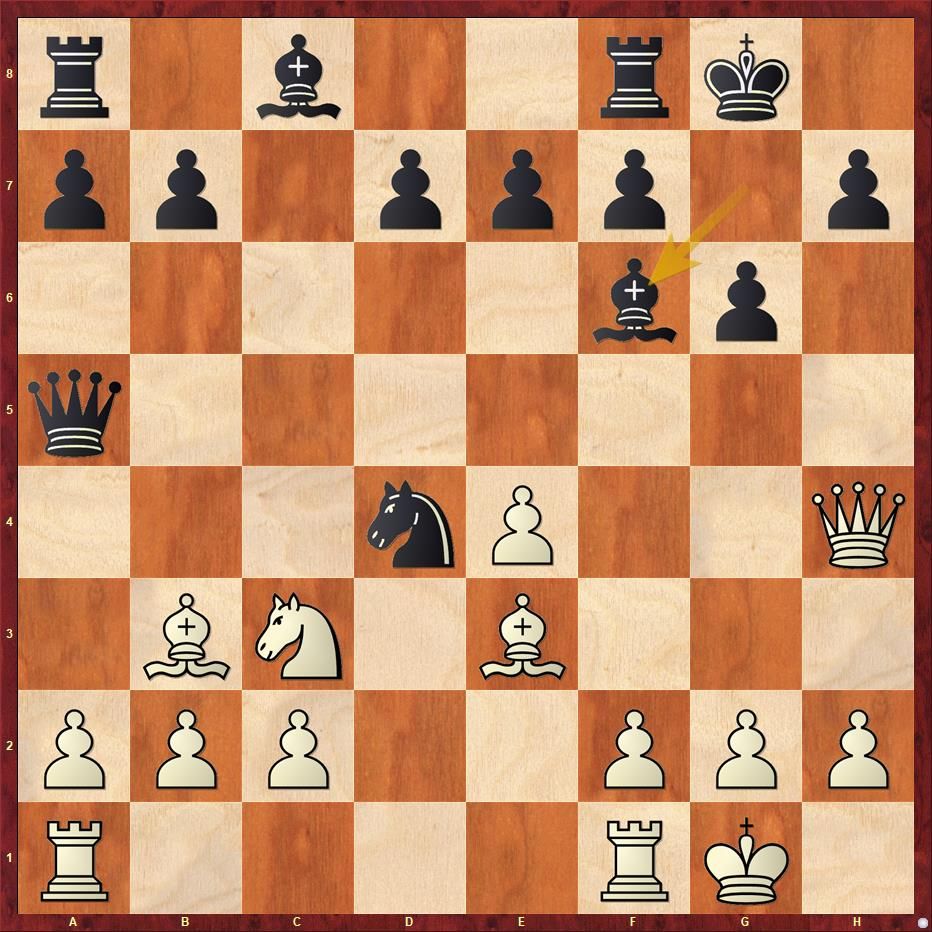
When we begin our chess journey we are told by our trainer - a pawn is worth 1 point, a bishop and a knight are three points each, a rook is worth five points and a queen is nine! But as we begin to become stronger players, the value of the pieces is no longer so static or constant. It keeps fluctuating based on the position on the board and how other imbalances are interacting with it. That's the reason why White can think about the move Qxf6!! in the above position. The idea is to sacrifice the queen for two minor pieces. That would mean a loss of three points. However, in return White gets a monstrous knight on d5, and his bishops work in perfect tandem on b3 and d4. Nezhmetdinov went on to win the game, which has been coined as the immortal queen sacrifice!

Day 15: The method of Opening Preparation
The 15th day session turned out to be the most tedious one for most of the viewers, but also the most beneficial one for some of them. I used my ChessBase 15 and Mega Database 2020 to show the students, the right way of preparing an opening. Also how the databases have to be organized on your computer was dealt with. For many years no one really told me about it and I saved my material is such a disorganized manner that whenever a critical game would come up, most of time was spent in trying to find the notes! So for all those who seriously want to improve their method of opening preparation might want to go over this lesson in detail. Also you may get some ideas in the Dragon opening for both sides!
Day 16 - Weaknesses
One of the most important concepts in positional chess is to understand what a weakness is. A pawn or a piece can be a weakness and often it can also be a square that is weak. As we have seen before, a square that cannot be controlled by a pawn, often becomes a weakness. Like the square in front of a backward pawn or a square in front of an isolated pawn. But the real art lies in creating these weaknesses and drive this point home, a Karpov game was used.
Karpov vs Browne

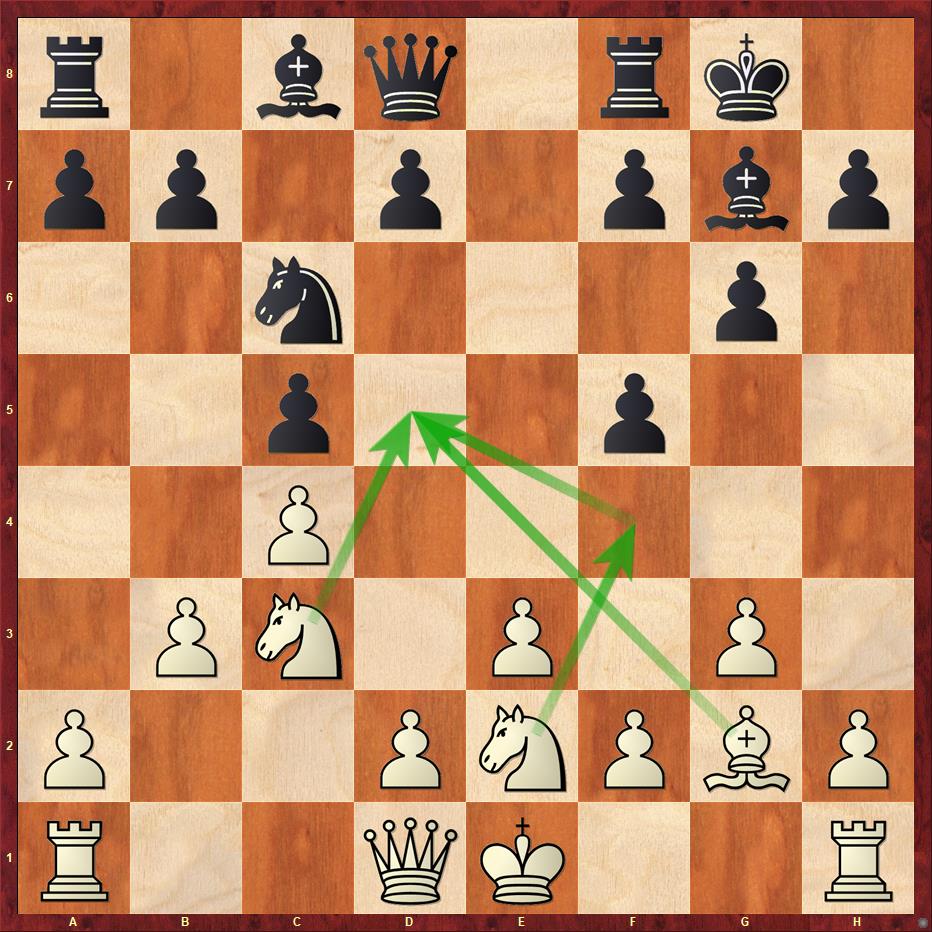
Another important thing we discussed in this lecture is the Stonewall.
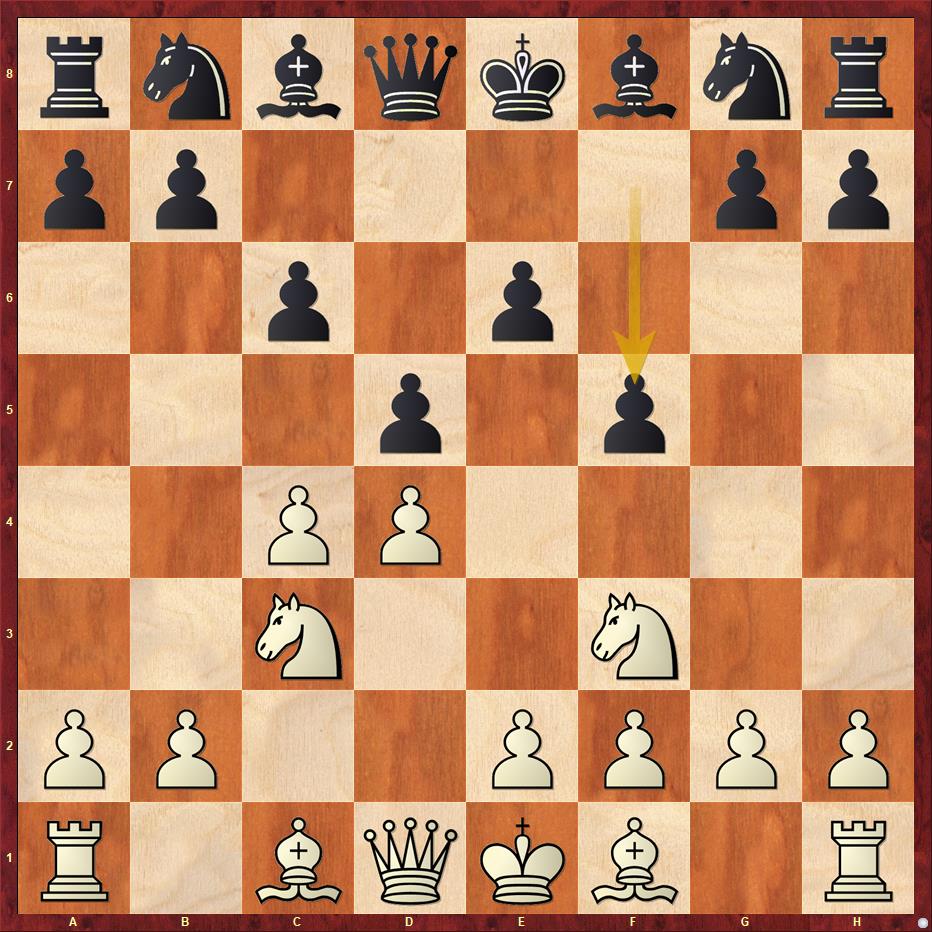
The opening is provocative and right from the word go Black creates weaknesses in his position, especially the e5 square. However, the Stonewall is a respected system and White must play carefully against it. I show a classical game between Schlechter and John and try to drive the point home as to how White should play in the position.
Day 17: Open files
Open files are the highways on chess board. The main aim of the open file is to penetrate into opponent's territory, usually the seventh rank.

It's true that the c-file is the open file in this position, it is important to be alert to your opponent's possibilities. In this position, I introduced the concept of giving the move to your opponent. Although it is White to move, give the move to your opponent. Let's assume that it is Black to play. Now you understand that if it was Black's move in this position he would have gone ...e6! when the king comes in the line of the fire. Hence, the right move is the prophylactic Ke3! Often prophylaxis is nothing but understanding what your opponent wants to do and then simply preventing it.
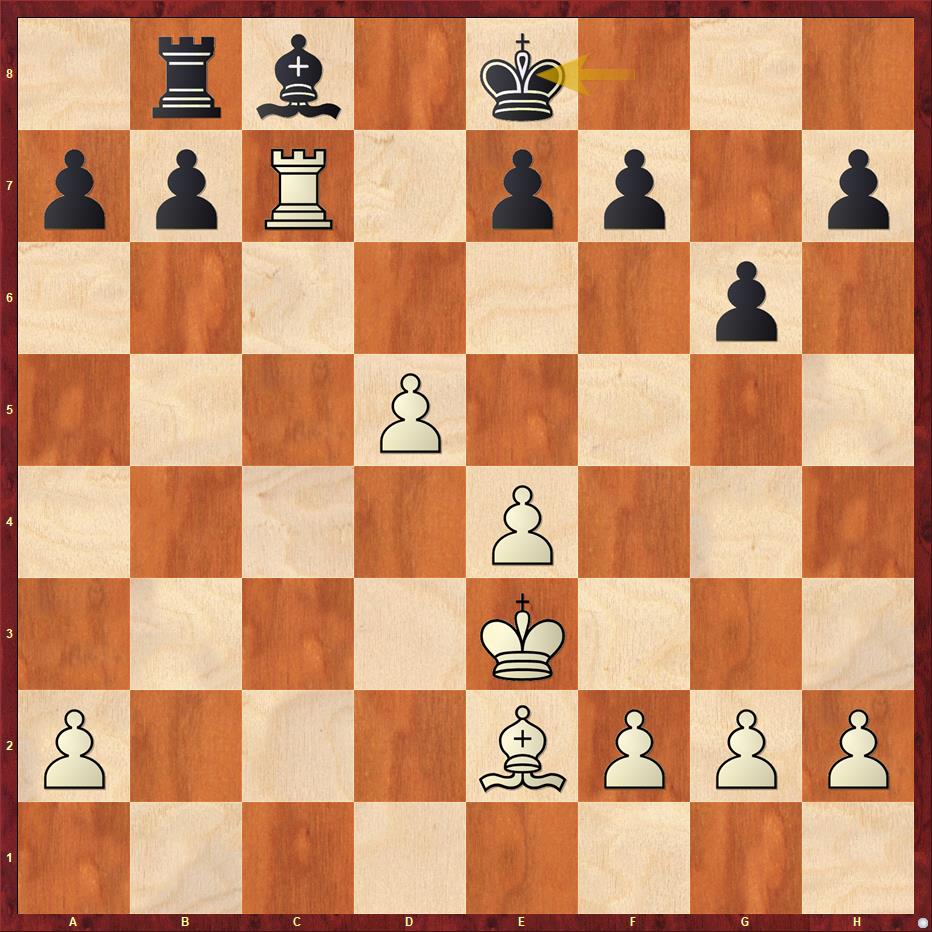
White would like to keep his rook on the seventh rank. But currently it will be evicted after Kd8. Hence, White played d6! and opened up further scope on the 7th rank!
Day 18: Development
Development is a very basic concept in chess. The main aim of the opening is to develop your pieces and bring them into the game. However, it is quite easy to forget about development every once in a while. You see a juicy pawn hanging and you go after it and forget to devleop your pieces. You want to consolidate your pawn structure further and forget to develop your pieces! There can be several reasons why development is neglected in a game of chess! But the nature of the imbalance is not static like a minor piece or pawn structure. It doesn't remain for a long time in the position. If you have a development edge, most probably you only have a couple of moves to take advantage of it. If you are slow in doing that then your opponent will fight back and catch up in development. Hence, development is a dynamic imbalance (not a static one).
I tried to explain this imbalance with the help of my game against Naveen Bansal from National B 2008 in Goa.
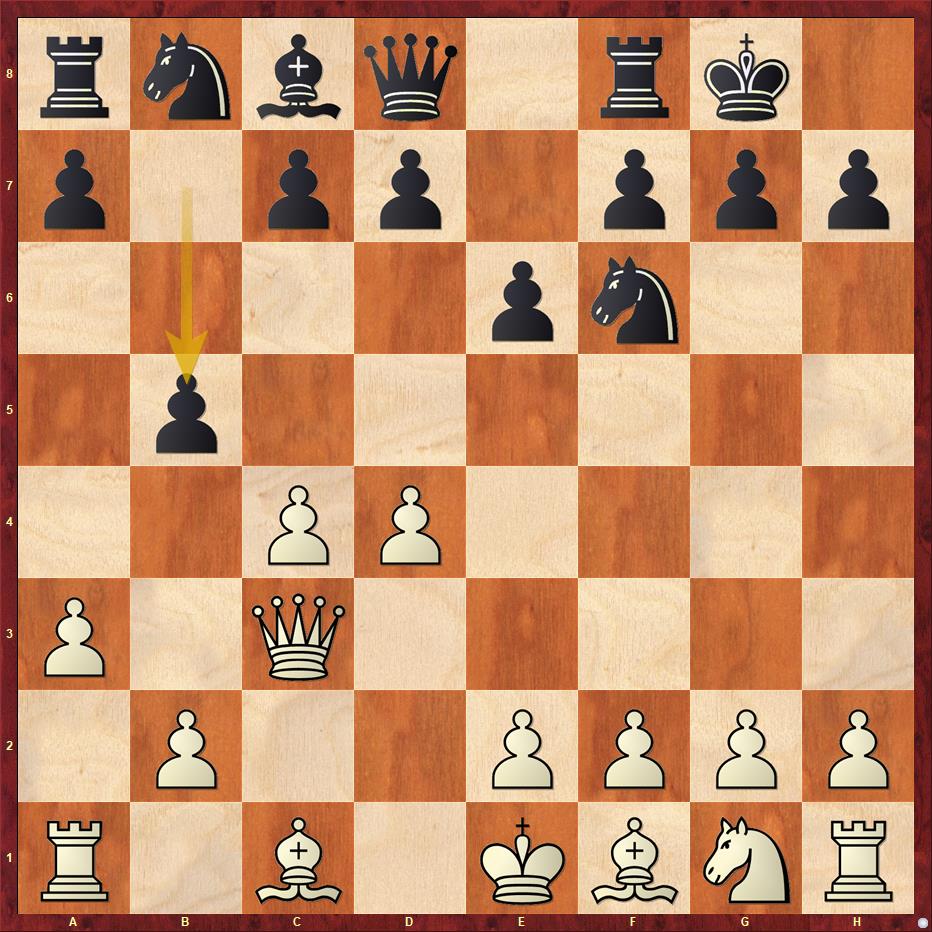
Day 19: Initiative
Initiative is the ability to dictate the pace of the game. This is often done by creating threats that the opponent has to respond to. If you are able to create one threat after another in a position and make the opponent dance to your tunes, you have the initiative. The initiative is a very dynamic imbalance. One wrong move, one calculation error and you lose it. Hence, it requires the utmost skill to keep the initiative in your grasp. I tried to explain the concept with a simple example.
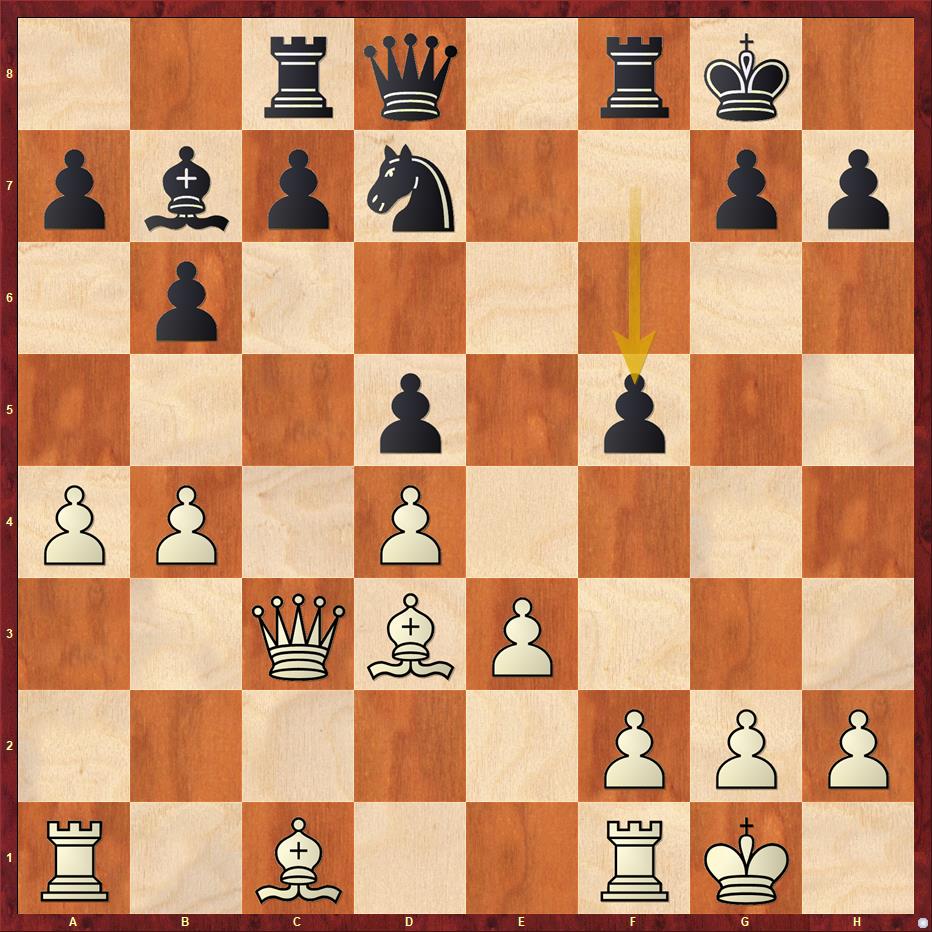
Usually in the class when I say I had the white pieces and my opponent played ...f5, the viewers would instantly feel that there was something wrong with the move as it was made by my opponent. This time I decided to trick them and said I was Black (when in fact I was white in the game). As a result a lot of the viewers said ...f5 is an excellent move! It gains space, it controls e4, it allows the rook lift from f6 to h6! Turns out that ...f5 is just not in the spirit of the position. If Black got two more moves in this position, then ...f5 would make some sense with Nf6 and Ne4. But in this very position, with white to move, it is a mistake! I begin with a5! and Black is in trouble. Every move that I made next kept up my initiative and through purposeful play I was able to transpose the game into a winning king and pawn endgame! Don't believe me? Have a look:
There were many more games shown related to the subject of initiative which can be seen in the video below:
Day 20: Studying the games of Garry Kasparov with the imbalance techniques
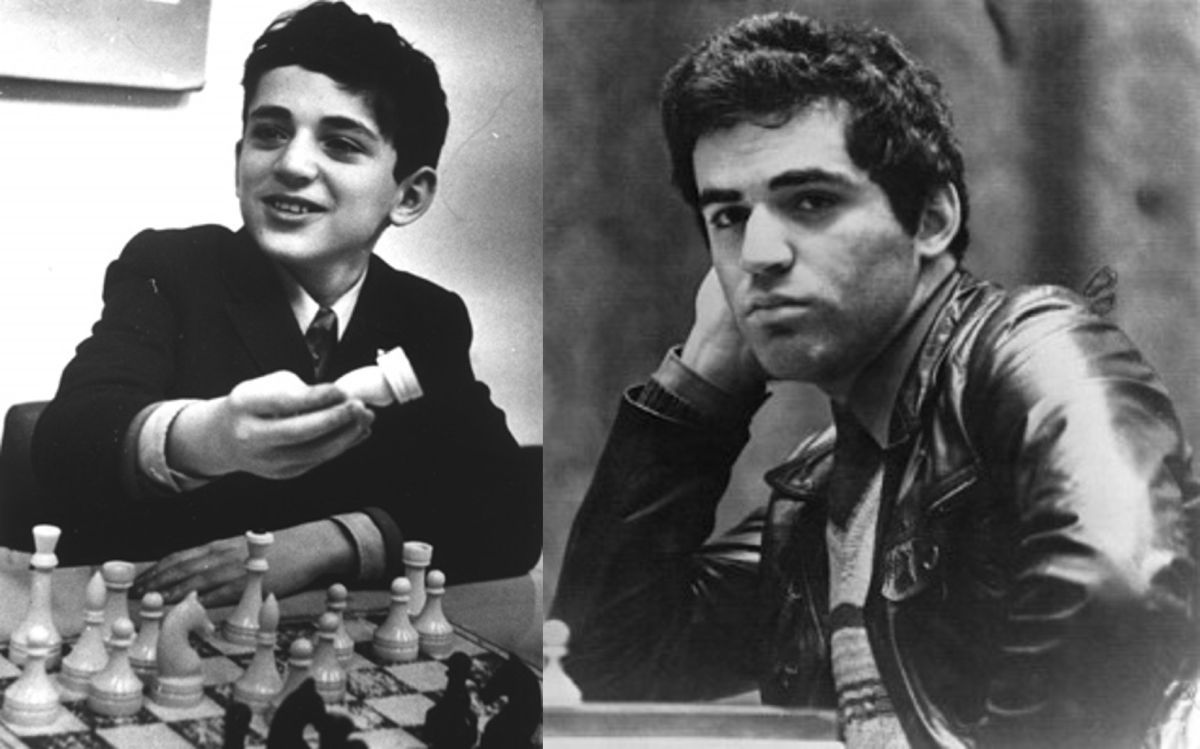
In the last 19 days I had taught about the method of thinking in chess with the use of imbalances. I wanted to see if they could be applied in the games of one of the greatest players that chess has ever seen! Also, as 13th of April was Kasparov's birthday, we discussed some of his best games.
Day 21: Revising what was learnt in 20 days
The last session was a revision of all that was learnt in the first 20 days. This is also the day where we raised the highest sum of money - Rs.21624!
Day 22: Bonus session!
As Ashwin Subramanian, one of the viewers and the biggest contributor of the entire series with Rs.10,000, pointed out: "A baker's dozen is 13, Sagar's 21 is 22!" For me it was a class where I discussed about the viewer's positions and games that I had already analyzed. There were several games that I couldn't discuss in the previous days as I had to complete the planned syllabus. So an additional class was held. Most of the people were not aware of the same! They joined in half way through the class, but it was nice to interact with them for one more day! :) As I mentioned - this session was more like free garlic bread along with the Pizza that you have already eaten!
Conclusion:
This 21 day series of lectures is something that I am proud of. The sessions were promised to be of 1 hour long, but usually would end up close to 1 hour 45 minutes! That's close to 38 hours of training! I would get up each day close to 5 a.m. and then go over the material I had to teach. Often I would be analyzing the games that I had received in mail. I worked hard to make these sessions as instructive and informative at the same time engaging. And I am happy with the result at the end of it. The feedback from the viewers tells the story. There is a lot of feedback that I have received and I would like to dedicate an entire separate article to it. All I would like to say to the people who attended it LIVE each and every day is - Thank you for your dedication. It kept me motivated to prepare the best possible content for you.
A big thanks to IM Jeremy Silman for his imbalance theory, which made a huge impact on my chess learning. I learnt it from the Reassess your chess 3rd edition. Now the 4th edition is out and for anyone who would like to get better at it, I recommend getting the book from the ChessBase India shop:
Fund raising:
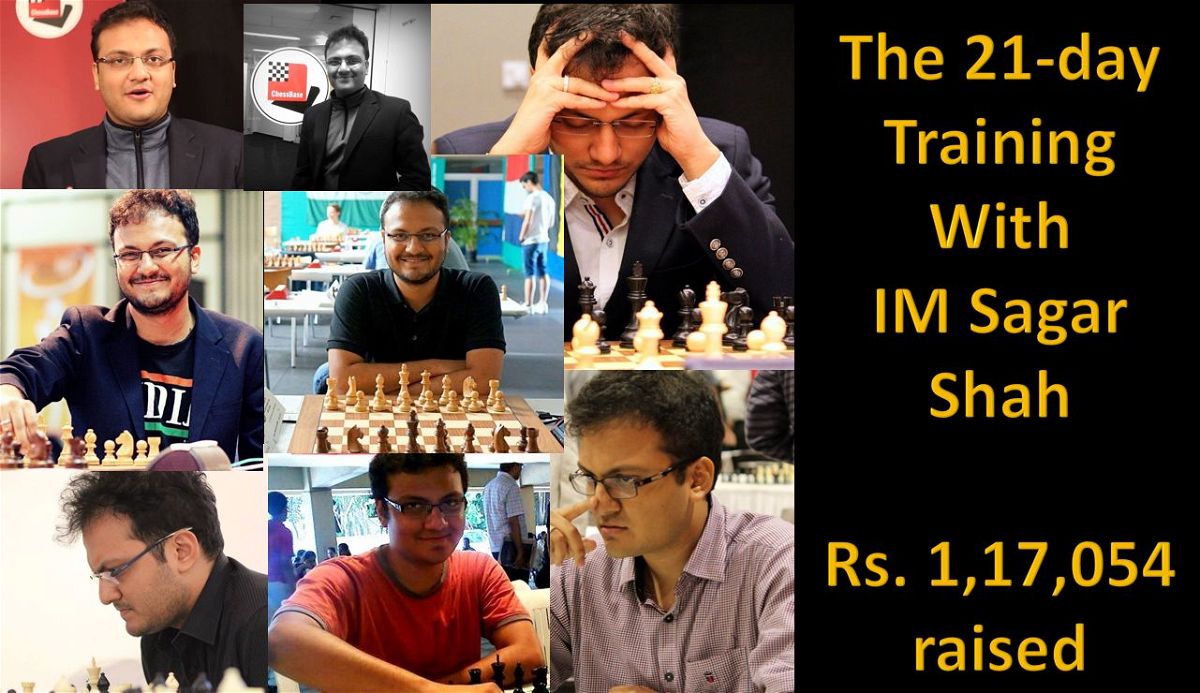
Each day I would ask people to contribute during the LIVE stream via YouTube super chat or the payumoney link. The money that is collected will be donated to the PM CARES Fund. People were extremely kind and each day I would meticulously keep record of the money that was received. I am glad to say that thanks to these 21 day lecture series by both me and Niklesh Jain, we were able to raise Rs.1,17,054. The total amount raised via YouTube super chat was Rs.77987 and that by Payumoney link was Rs.39067. The details of all the contributors is given below.
Payumoney button:
If you have contributed and your name is missing in the list please write to us at chessbaseindia@gmail.com. YouTube Superchat gives us 70% of the amount. Rest 30% is kept by YouTube. In order that the entire amount is donated to the PM Cares fund, I will be personally chipping in with the amount of Rs. 23,396.
Stay tuned for the Feedback article and also get ready for the next series of videos coming up soon on the ChessBase India YouTube channel. The lockdown has been extended until 3rd of May, and I would really like the followers of ChessBase India to make the best use of their time in this period.
Important links:
Details of total amount raised by ChessBase India during the Corona virus
Contents of first seven days of training with IM Sagar Shah
IM Sagar Shah's 21 day training playlist on YouTube
FI Niklesh Jain's 21 day training playlist on YouTube







